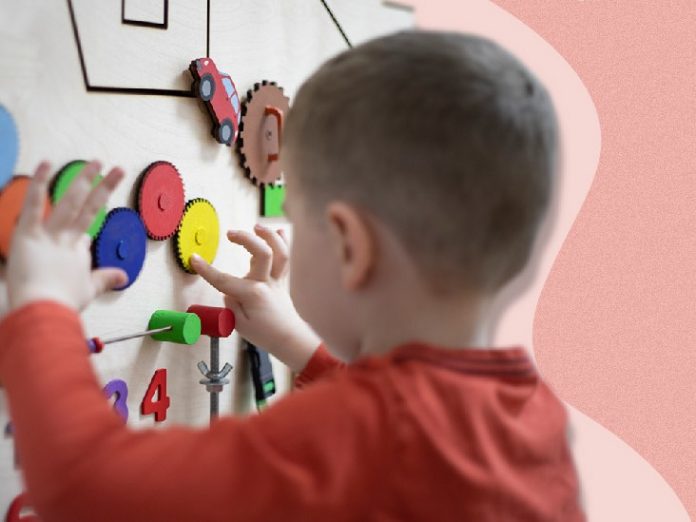A new study funded by an Autism Speaks research grant is backing parent reports that Sensory Integration Therapy improves daily function in children with an Autism diagnosis. This study, led by Occupational Therapists at Philadelphia’s Jefferson School of Health Professions, appears online in the Journal of Autism and Developmental Disorders.
This study is an important one for professionals who provide, and families whose children receive, sensory integration therapy because it brings attention to its efficacy in helping children with sensory processing difficulties. Sensory integration therapy focuses on the seven senses and how they are affected and react to input received from the environment. This is essential to consider, in that the number of children diagnosed with Autism is at one in 88; and all children with Autism have issues related to their sensory system in one way or another. It is, however, important to note that children with Autism are not the only children that have these processing issues.
Symptoms of Autism often include difficulty processing sensory information such as textures, sounds, smells, tastes, brightness and movement. These difficulties can make ordinary situations feel overwhelming and cause children to act in ways that are difficult for others to understand (withdrawing/isolating themselves from others, sensory seeking “behaviors” like hand flapping or toe walking). In addition, those difficulties can interfere greatly with daily function. Sensory Integration therapy, as practiced by Occupational Therapists, uses play activities in ways designed to change how the brain reacts to touch, sound, sight and movement. While the therapy is not new, it has unfortunately been considered somewhat controversial.
Many professionals in the mental health/helping field deny that sensory integration therapy is effective in helping to address issues that children with learning and developmental differences experience. Perhaps they do not understand the complexity of the sensory system, or they fail to recognize the benefits because they look at SI Therapy as simply “play.” Activities that target the sensory system effectively, require movement, (jumping, climbing, swinging) and input to the joints/muscles (deep pressure, “crashing.”) Sessions can look very different than “traditional” Occupational Therapy. When a child is getting the appropriate amount of sensory input that their brain is telling them they need, they are better able to focus, attend, sit still and accomplish self-care and other tasks.
In this study, researchers randomly assigned 32 children with Autism, ages 4 to 8, to one of two groups. Over 10 weeks, the control group received “usual care” with standard speech, behavioral and other therapies for Autism Spectrum Disorder. The experimental group received the same “usual care” plus three hours per week of sensory integration therapy. Assessors who didn’t know who was in which group met with parents before and after the intervention to set goals and assess progress. At the end of the study, analysis showed that the children in the sensory integration group scored significantly higher on attaining their goals. In addition, standardized tests showed that the children receiving sensory integration therapy required less assistance from their parents in self-care and social situations.
“The rationale is that by changing how sensations are processed by the brain, we help children with Autism make better sense of the information they receive and use it to better participate in everyday tasks,” says lead researcher Roseann Schaaf. Dr. Schaaf’s group plans future studies that will include additional outcome measures and follow children for longer periods to see if improvements remain over time.








